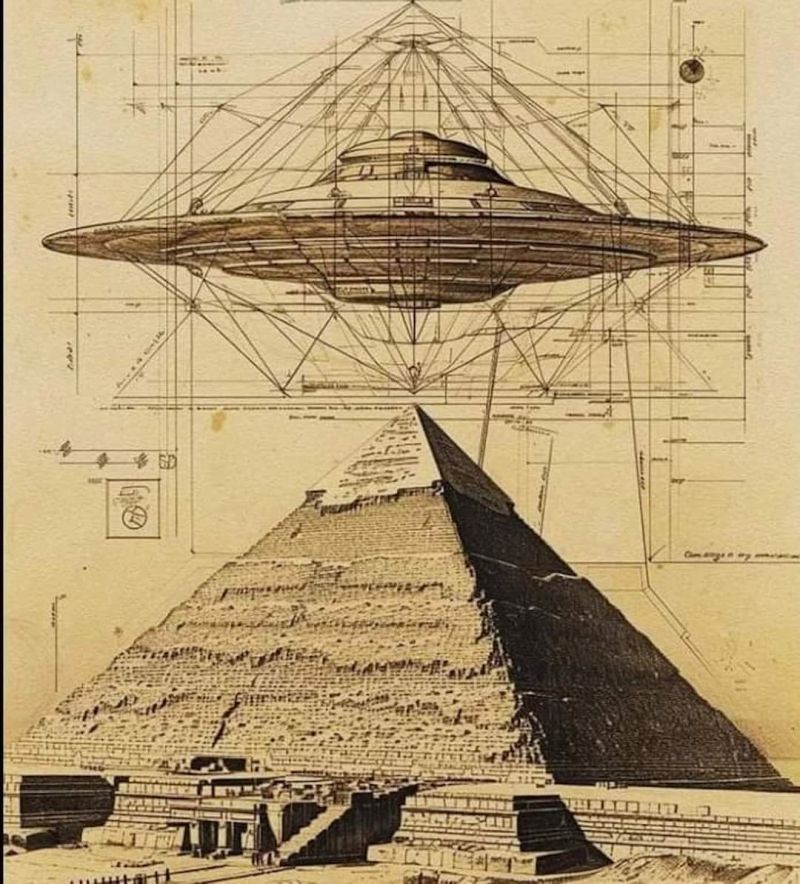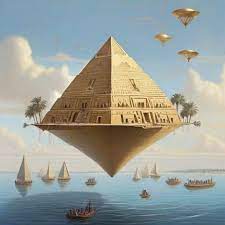A Revolutionary Discovery of the True Purpose of the Pyramids
The claim of a “Revolutionary Discovery of the True Purpose of the Pyramids” is a sensationalized framing of an ongoing and multifaceted archaeological debate. The long-standing and widely accepted scientific consensus is that the pyramids were, in fact, monumental tombs built for pharaohs and elite individuals of ancient Egypt. However, this simple explanation is far from the full picture. Ongoing research and new discoveries are not overturning this purpose, but rather revealing just how complex and multi-functional these structures were, adding nuance and detail to our understanding.

The pyramids were never just burial places; they were at the heart of a vast religious and economic complex. They served as a pharaoh’s eternal home, a symbolic gateway to the afterlife, and a monument to their divine power. The construction of a pyramid was a state-sponsored project that mobilized a significant portion of the population, organizing them into a unified workforce and serving as a central tenet of the ancient Egyptian economy. The pyramid was surrounded by temples, causeways, and satellite pyramids for queens, all of which were a crucial part of the funerary cult, ensuring the pharaoh’s spiritual well-being for eternity.

A recent, genuinely groundbreaking discovery that adds to our knowledge is the ScanPyramids project, which used muography—a technology that can “see” through solid rock—to find a large, mysterious void inside the Great Pyramid of Giza. While this discovery has sparked immense public speculation, archaeologists believe it is likely a previously unknown architectural feature, such as a construction ramp or an empty space designed to relieve pressure on the Grand Gallery below. It is not evidence of an alternative purpose, but rather an exciting new piece of the puzzle that will help us understand the incredible engineering and design behind these timeless structures. This ongoing work, not a single “revolutionary” discovery, is what truly enhances our understanding of the pyramids.
